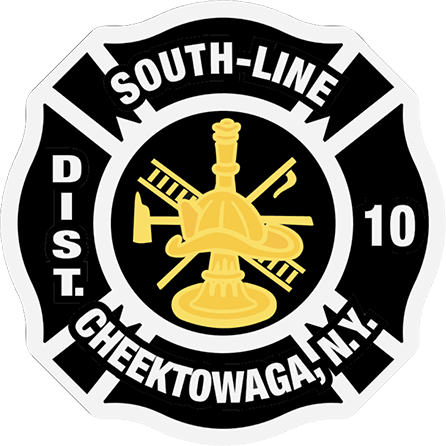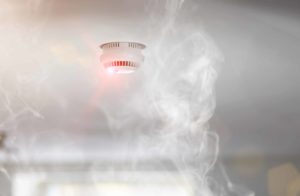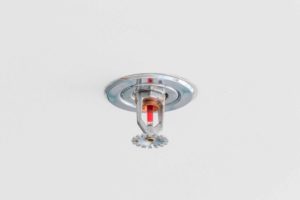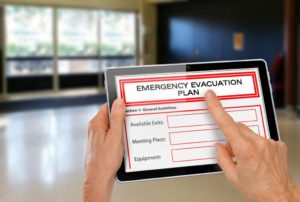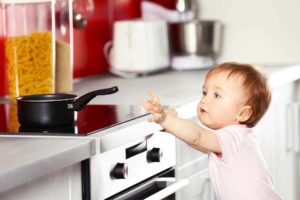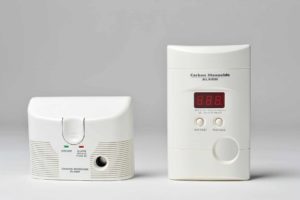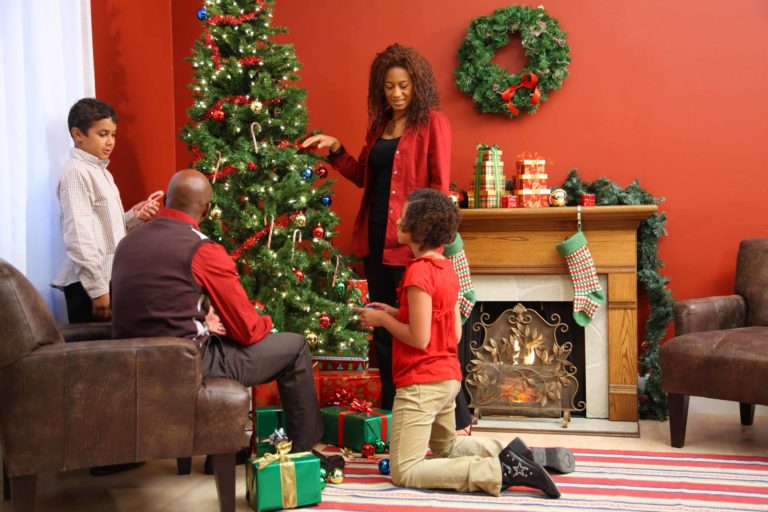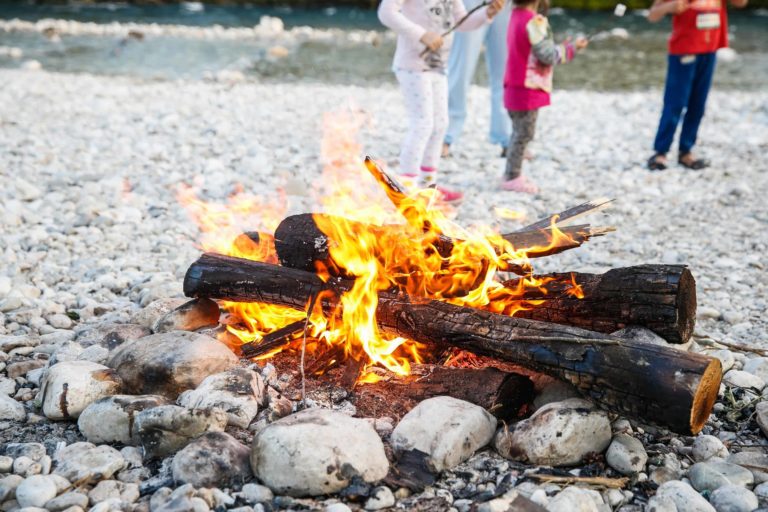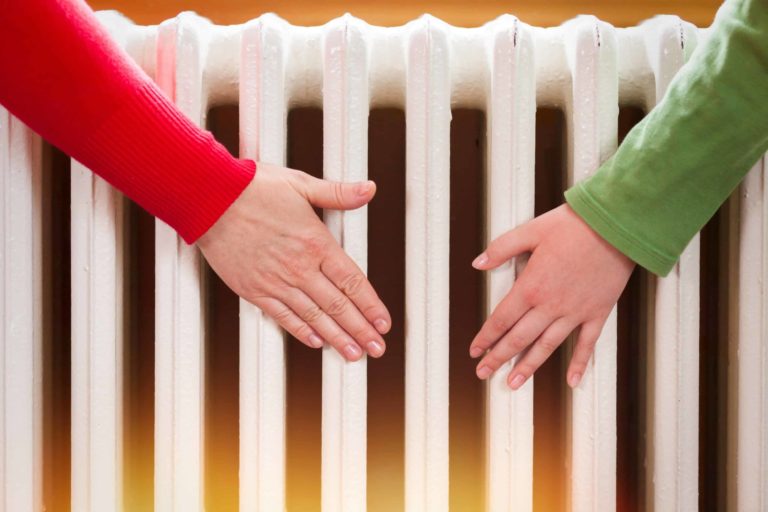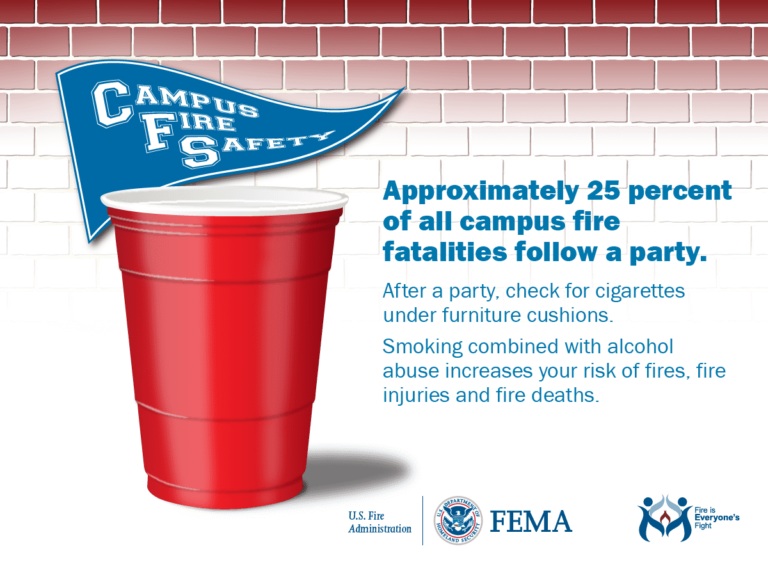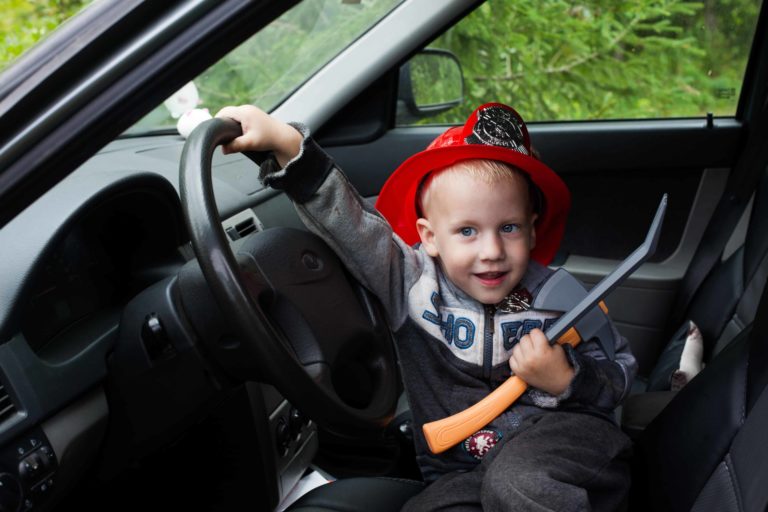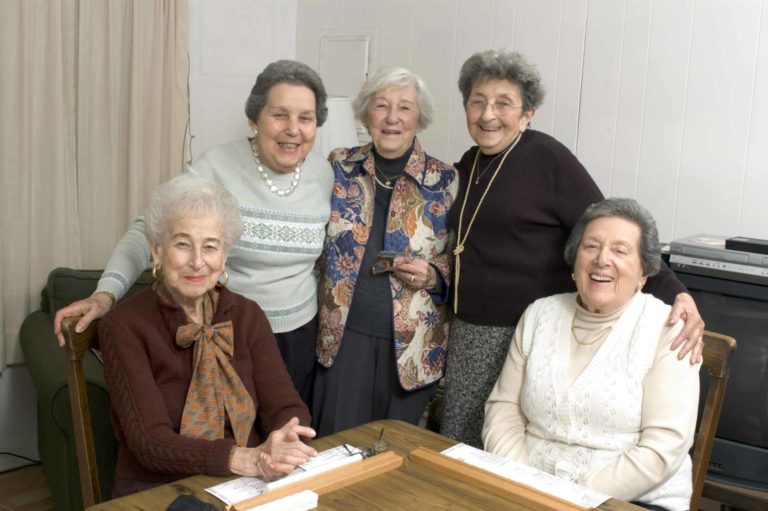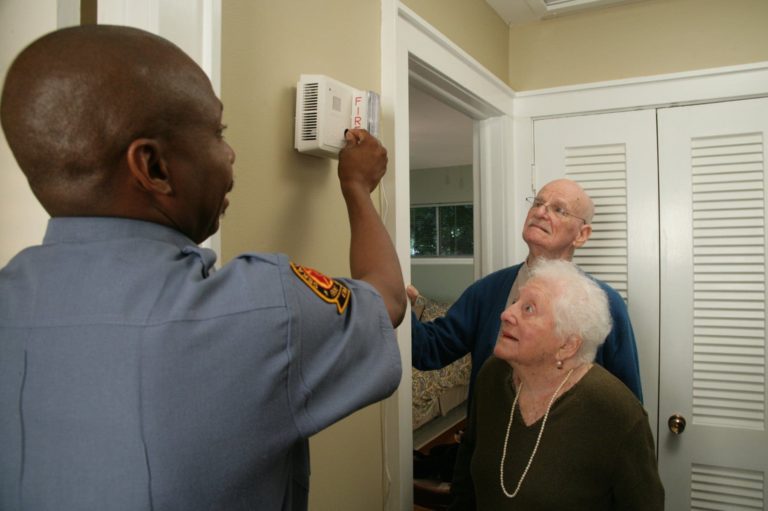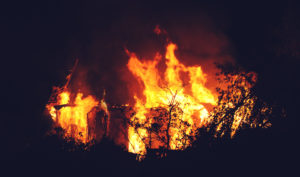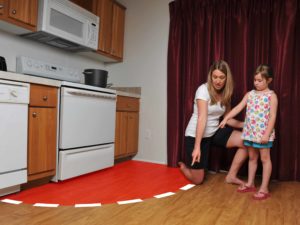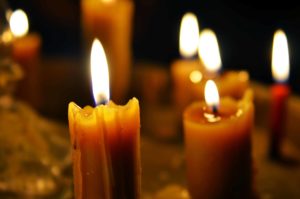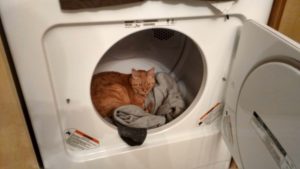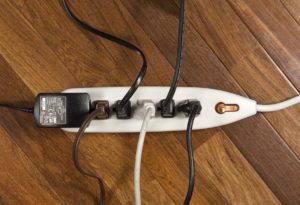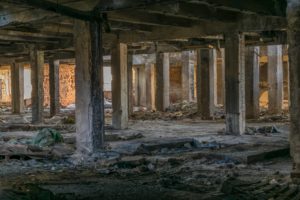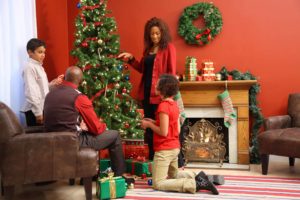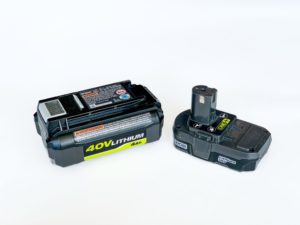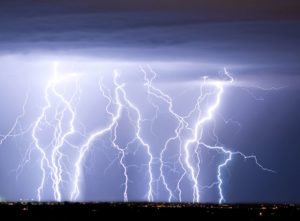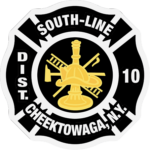Fire Prevention Trailer
ACQUIRED IN 2013 – Teaches participants the importance of home fire safety. The experience is enhanced with digital fire training props, so attendees can extinguish a stove fire, trash can fire, and microwave fires properly. The trailer has multiple floors so it also allows participants to practice exit drills from different locations in the event of a house fire.
Fire Prevention Queens
A program for younger children to help promote the message of fire prevention to the community. Each year participants between the ages of 12 – 18 must submit a minimum 500 word essay on what the current NFPA Fire Prevention theme means to them. The essays are judged by members of the fire company, and the award winners are announced annually at our memorial breakfast in October.
School Age Program
The South Line Fire Prevention Committee works diligently to bring the message of fire prevention out to the youths of Western New York. These talented individuals emphasize the need to learn about Fire Safety every day, whether it is through interactive props, live fire demonstrations, on – line gaming resources, performing live skits with puppets, or using training tools provided by N.F.P.A. This committee works with local schools, and day care providers in and around the South Line Fire District.
- Working smoke alarms reduce the chances of dying in a fire by nearly 50 percent. They are a critical first step for staying safe, but in order to be effective, they have to be working properly. For the best protection, install smoke alarms on every level of your home and in every sleeping area.
- Consider installing a smoke alarm that has a 10-year battery.
- Teach kids never to play with matches, lighters or fireworks
- Keep candles at least 12 inches away from anything that can burn, and always blow them out when you leave the room or before you go to sleep. Teach older kids not to use candles in their bedrooms, unless supervised by an adult.
- Use common sense in the kitchen. Limit distractions when cooking and don’t leave a hot oven or stovetop unattended.
- Have a fire extinguisher in the kitchen in case of emergency, and make sure you know how it works. You might be surprised that most people don’t know how to use one.
- Children should know how to respond to the sound of a smoke alarm. Teach them to get low and get out when they hear it. A child who is coached properly ahead of time will have a better chance to be safe.
- Practice feeling the door, doorknob and cracks around the door with the back of your hand to see if they are too hot. Help your children practice this step.
- Together, have your family plan and practice a home fire escape plan with two ways out of your house in case of a fire. It is important to have an alternate exit in case one is blocked by fire.
- Choose a place to meet outside that is a safe distance away from your home.
- If you cannot safely escape your home or apartment, keep smoke out of the room by covering vents and cracks around the door and call 911 or your fire department as quickly as possible. Then signal for help at the window with a light-colored cloth or a flashlight.
- To prevent possible fires, avoid plugging several appliance cords into the same electrical socket.
- If using gasoline-powered devices, store gasoline in a locked location where children cannot access it. Keep only small quantities in an approved container that has child safety features.
Source for Content: National Fire Protection Association and U.S. Fire Administration
